L'anodizzazione trasparente dell'alluminio è uno dei processi più comuni utilizzati per aggiungere valore alle caratteristiche intrinseche dell'alluminio e migliorarne la durata, la resistenza e la bellezza. Il processo elettrochimico che ne deriva fornisce uno strato trasparente di ossido sulla superficie del metallo, in modo che la sua lucentezza metallica non vada persa, ma ne aumenti notevolmente la resistenza e la protezione contro i danni dell'ambiente. L'anodizzazione trasparente non maschera l'aspetto dell'alluminio in questione e quindi eccelle nei settori in cui forma e funzionalità sono prioritarie, tra cui l'industria aerospaziale, architettonica, automobilistica ed elettronica. Non solo migliora le prestazioni del materiale, ma ne aggiunge anche il valore estetico, conferendogli un aspetto elegante e glamour.
In questo articolo, esamineremo in modo approfondito il processo di anodizzazione trasparente, i suoi vantaggi, i possibili svantaggi e i vari utilizzi che lo rendono un trattamento essenziale di parti in alluminio in una vasta gamma di settori.
Che cos'è l'anodizzazione trasparente?
L'anodizzazione è una procedura elettrochimica che trasforma la superficie metallica in un materiale resistente (ossido) e anticorrosivo. Nell'anodizzazione trasparente, l'alluminio viene anodizzato con uno strato di ossido incolore sulla parte superiore del metallo per consentirgli di brillare, nella sua forma metallica naturale. Il meccanismo utilizzato consiste nell'immergere l'alluminio in una soluzione elettrolitica acida, quindi viene inviata una corrente elettrica attraverso l'alluminio che lo ossida e crea uno strato protettivo sulla superficie dell'alluminio sotto forma di ossido.
Il processo di anodizzazione trasparente si distingue perché non altera il colore naturale dell'alluminio, conferendogli una finitura metallica lucida. La pellicola di ossido che si forma durante il processo di anodizzazione, a differenza di vernici o rivestimenti, è parte integrante della superficie dell'alluminio e quindi è molto più resistente e non può essere facilmente danneggiata.
Proprietà importanti dell'anodizzazione trasparente
- Incolore e trasparente: La pellicola di ossido, che si produce nel caso dell'anodizzazione trasparente, è incolore e quindi il naturale aspetto metallico dell'alluminio non viene coperto.
- Antiusura e antigraffio: Lo strato di ossido sulla superficie anodizzata previene l'usura, i graffi e la corrosione molto meglio della superficie di alluminio grezzo.
- Superficie porosa: Questo rivestimento anodizzato è poroso; è possibile ricolorare la superficie o applicare altri strati in caso di necessità, ma con l'anodizzazione chiara l'alluminio ha un aspetto naturale.
Processo di anodizzazione trasparente
L'anodizzazione trasparente consiste in una serie di fasi che si susseguono; l'obiettivo di questo processo è la preparazione e il trattamento ottimale della superficie di alluminio. Le fasi coinvolte sono illustrate di seguito:
Preparazione della superficie
Prima dell'anodizzazione, l'alluminio deve essere pulito. Un mix di pulizia alcalina e sabbiatura, o incisione, rimuove eventuali oli, sporco o contaminanti. Questo rende il processo di anodizzazione uniforme ed efficace.
Anodizzazione
L'alluminio viene immerso in un mezzo, un acido, come l'acido solforico, a cui viene applicata una corrente elettrica. Il flusso di elettricità porta all'ossidazione della superficie dell'alluminio, che sviluppa uno strato di ossido poroso. Nell'anodizzazione trasparente questo strato è chiaro e la finitura naturale dell'alluminio è visibile.
Sigillatura
L'anodizzazione dell'alluminio è seguita da un trattamento per sigillare i pori dello strato di ossido. Si tratta di una fase importante, in quanto migliora la resistenza alla corrosione e la durata del rivestimento superficiale mediante anodizzazione. L'alluminio viene spesso sigillato mediante immersione in acqua calda, lasciando un sigillante chimico.
Tocchi finali
Dopo l'anodizzazione e la sigillatura, l'alluminio viene esaminato a fondo per verificarne la consistenza e la qualità. Si possono eseguire ulteriori finiture, come la lucidatura o la smerigliatura, a seconda del risultato desiderato.
Vantaggi dell'anodizzazione trasparente
L'anodizzazione trasparente presenta numerosi vantaggi rispetto ad altri metodi di trattamento delle superfici. I vantaggi più importanti sono i seguenti:
Maggiore durata
Lo strato anodizzato è anche molto più durevole della superficie di alluminio che lo ricopre, è resistente ai graffi e ha un'usura minima. Questo spiega perché l'anodizzazione è particolarmente adatta quando è richiesta un'elevata durata.
Resistenza alla corrosione
Il rivestimento in ossido anodizzato dell'alluminio impedisce la corrosione del metallo. Questo lo qualifica come ideale per l'uso esterno e industriale, soprattutto in condizioni difficili dove c'è il rischio di essere esposti a umidità e sostanze chimiche.
Un aspetto fisico migliore
L'anodizzazione trasparente mantiene il naturale aspetto metallico dell'alluminio, ma ha una finitura lucida e liscia. Dà una finitura piacevole e di buon gusto al metallo che non cambia l'aspetto dello stesso, quindi non è adatta alla maggior parte delle applicazioni che richiedono una considerazione estetica del materiale.
Maggiore resistenza all'usura
Lo strato anodizzato aumenta anche la resistenza dell'alluminio all'usura, in quanto protegge il materiale dalla corrosione. Ciò è di grande importanza nel caso di altri settori, come quello aerospaziale e automobilistico, dove parti e componenti sono esposti a forti attriti e sollecitazioni.
Rispetto dell'ambiente
A differenza della verniciatura o del rivestimento, l'anodizzazione trasparente non emette sostanze chimiche tossiche o inquinanti. Si tratta di un processo ecologico e lo strato di ossido formato non è tossico né ecologico.
Colori dell'anodizzazione
Sebbene l'anodizzazione trasparente mantenga il naturale aspetto metallico dell'alluminio, l'anodizzazione può essere utilizzata anche per ottenere una varietà di colori in modi diversi. I colori non solo aggiungono bellezza, ma sono anche in grado di aumentare la fruibilità della superficie dell'alluminio.
1. Anodizzazione naturale (trasparente)
L'anodizzazione trasparente fornisce uno strato di ossido che non assorbe alcun colore e conferisce all'alluminio il suo aspetto originale. È una procedura efficace per conferire ai materiali proprietà durevoli e resistenti alla corrosione con una superficie metallica lucida. Si adatta perfettamente ai luoghi in cui si preferisce una finitura naturale, ad esempio nei prodotti architettonici e dell'elettronica di consumo.
2. Coloranti e pigmenti per anodizzazione
L'alluminio può apparire colorato facendo assorbire i coloranti nello strato poroso di ossido formato dall'anodizzazione. I coloranti organici danno colori brillanti e vivaci come il rosso, il blu e il giallo, che sono spesso utilizzati in oggetti decorativi. I coloranti inorganici, invece, producono colori più intensi come il nero, il bronzo e l'oro e sono più durevoli e resistenti ai raggi UV. Queste tinture danno una finitura permanente e duratura.
3. Anodizzazione lucida e brillante
Per effetto dell'interferenza della luce e dell'anodizzazione, l'anodo di colore iridescente produce colori viola, verdi e oro su una varietà di colori. Ciò è evidente nella variazione dello spessore dello strato di ossido e viene utilizzato a scopo decorativo in gioielli e opere d'arte. L'anodizzazione brillante aumenta ulteriormente la lucentezza naturale dell'alluminio, conferendogli un'altissima riflessione e una superficie riflettente lucida e brillante, con applicazioni nell'elettronica di consumo.
4. Colore, anodizzazione a strato duro
Lo spesso strato di resistenza all'usura si ottiene con l'anodizzazione a strato duro. Lo strato più spesso di solito rende la finitura più scura, di colore variabile tra il grigio e il marrone. Sebbene nel processo di anodizzazione a strato duro l'accento sia posto sulla durata, il colore ha un valore estetico, in particolare nell'industria aerospaziale, militare e dei macchinari industriali.
Anodizzazione trasparente Materiali utilizzati
L'anodizzazione trasparente viene utilizzata principalmente sull'alluminio, ma i materiali utilizzati, le leghe e gli elettroliti sono fattori importanti per garantire il raggiungimento dei risultati preferiti. I materiali comunemente utilizzati nel processo di anodizzazione sono elencati di seguito.
1. Leghe di alluminio
L'uso della lega di alluminio è uno dei fattori determinanti per la qualità e la natura della finitura anodizzata. Tecnicamente, qualsiasi lega di alluminio può essere anodizzata, anche se la procedura è più efficace quando la lega è composta da un'alta percentuale di alluminio puro.
Leghe di anodizzazione comunemente utilizzate:
- Serie 6000 (Al-Mg-Si): Questo tipo di lega viene comunemente anodizzata, il che è positivo per la corrosione e la resistenza. Offre buone soluzioni per l'anodizzazione trasparente, fornendo una finitura lucida e pulita.
- Serie 1000 (alluminio puro): L'alluminio puro è la lega migliore per l'anodizzazione, poiché lo strato di ossido prodotto è spesso e resistente alla corrosione, con il risultato di una superficie naturale che può essere facilmente ottenuta.
- Serie 2000 e 7000 (Al-Cu e Al-Zn): Vengono utilizzati quando è richiesta un'elevata resistenza. Ma possono anche dare una finitura superficiale più scura rispetto all'anodizzazione e richiedono una particolare cautela nell'anodizzazione.
Effetto della composizione della lega:
La composizione della lega influenza l'aspetto finale dello strato anodizzato e le sue caratteristiche. Le leghe di rame più elevate, ad esempio, possono presentare una finitura anodizzata dall'aspetto più scuro, mentre le leghe di alluminio più pure appariranno di un colore metallico più chiaro e brillante.
2. Soluzione elettrolitica
La soluzione elettrolitica svolge un ruolo fondamentale nel processo di anodizzazione, poiché provoca una reazione elettrochimica che forma uno spesso strato di ossidi simili all'argento sull'alluminio. Il tipo di processo di anodizzazione determina i diversi elettroliti da utilizzare.
- Acido solforico: L'elettrolita più utilizzato per l'anodizzazione chiara è l'acido solforico. È efficace nel formare uno strato di ossidazione duro e incolore che offre un'ottima resistenza alla corrosione. Gli usi decorativi e funzionali dell'anodizzazione all'acido solforico sono normalmente trattati con lo stesso processo.
- Acido cromico: L'acido cromico è stato utilizzato nell'anodizzazione specializzata soprattutto per il suo minore spessore dello strato di ossido ed è maggiormente utilizzato nei settori aerospaziale e militare. Contiene una migliore protezione, senza influire su alcun aspetto delle dimensioni dell'alluminio.
- Acido fosforico: L'anodizzazione impiega talvolta l'acido fosforico quando è necessario uno strato di ossido più spesso e più poroso, soprattutto per l'adesione della vernice.
3. Colorante per agenti (facoltativo)
Il colore naturale dell'alluminio anodizzato può essere preservato dall'anodizzazione trasparente, ma in alcune applicazioni l'alluminio viene colorato. In queste situazioni, dopo il processo di anodizzazione vengono applicati diversi coloranti o pigmenti.
- Coloranti organici: Con l'aiuto di coloranti organici, l'alluminio anodizzato può acquisire una varietà di colori, tra cui oro, bronzo e rosso. I coloranti penetrano nella superficie porosa superiore dello strato anodizzato, dove non sono soggetti a sbiadire o a staccarsi.
- Coloranti inorganici: I loro coloranti sono permanenti, assumono colori più ricchi, tra cui nero, verde e blu, e sono inorganici. Sono inoltre meno sensibili alla degradazione da calore e luce.
- Rivestimenti colorati: In alcuni usi estetici o industriali, l'alluminio anodizzato chiaro può essere leggermente colorato per fornire un aspetto estetico migliore, ma ha comunque il diritto di avere un aspetto semitrasparente.
4. Agenti sigillanti
La superficie sigillata dell'alluminio deve essere indurita in modo da sigillarla dopo il processo di anodizzazione per migliorare la resistenza alla corrosione. L'ultima fase prevede la sigillatura.
- Sigillatura dell'acqua calda: L'alluminio viene preparato mediante anodizzazione e successivamente introdotto in acqua deionizzata calda (solitamente tra 95 o C e 100 °C). Ciò favorisce l'idratazione dello strato di ossido, tappando i pori e rendendolo più resistente alla corrosione.
- Sigillatura a freddo: La sigillatura dell'alluminio anodizzato si chiama sigillatura a freddo e consiste nell'introduzione di una soluzione chimica, normalmente a base di nichel o cromo. Questo processo può essere applicato nei casi in cui il processo prevede un uso efficiente della sigillatura, perché è più rapido e migliore della sigillatura ad acqua calda, che potrebbe non fornire una protezione corrispondente contro la corrosione.
- Sigillatura organica: Gli agenti sigillanti organici presentano ulteriori vantaggi che vengono utilizzati in alcune applicazioni di anodizzazione: possono includere migliori prestazioni come lubrificanti o possono rimanere impermeabili a determinati prodotti chimici.
Usi dell'anodizzazione trasparente
L'alluminio anodizzato chiaro trova numerose applicazioni e impieghi praticamente in ogni settore. Gli usi più comuni includono:
Aerospaziale
L'alluminio anodizzato chiaro è stato impiegato nei componenti aerospaziali grazie alla sua buona resistenza alla corrosione e al rapporto forza-peso. Il processo aiuta a proteggere una parte del velivolo dagli elementi del volo e dall'ambiente circostante.
Architettura e costruzione
L'alluminio anodizzato chiaro viene comunemente applicato nelle strutture, come infissi, cancelli, porte e come facciata degli edifici. Ha un design accattivante e non subisce gli agenti atmosferici; per questo è molto diffuso negli edifici moderni.
Elettronica di consumo
L'anodizzazione trasparente viene impiegata anche nella produzione di elettronica di consumo come smartphone, laptop e altri prodotti in cui si desidera uno strato di protezione resistente ed esteticamente gradevole.
Automotive
L'anodizzazione trasparente trova applicazione nell'industria automobilistica su parti quali ruote, finiture e componenti del motore. Protegge dagli agenti atmosferici e rende le auto e i camion più belli.
Marina
Gli usi marini sono molto sensibili all'anodizzazione trasparente, poiché resiste agli effetti dell'acqua. L'anodizzazione trasparente viene solitamente applicata a parti come accessori per imbarcazioni, corrimano e altre parti che potrebbero essere esposte all'acqua.
Tipi di anodizzazione
Il processo di anodizzazione dell'alluminio può assumere diverse forme, ciascuna delle quali dipende dalle esigenze e dai risultati desiderati. Di seguito sono illustrati i tipi di processi di anodizzazione più diffusi:
Anodizzazione all'acido solforico
È il metodo più diffuso di anodizzazione. Durante il processo, l'acido solforico agisce come elettrolita, determinando la formazione di una patina di ossido pesante sulla superficie dell'alluminio. Questa tecnica trova applicazione in molte applicazioni perché è economica, molto semplice e in grado di produrre rivestimenti di ossido più spessi.
- Utilizzi: parti aerospaziali, materiali da costruzione e parti di automobili.
- Vantaggi: Offre una buona protezione dalla corrosione e può essere utilizzato sia in applicazioni decorative che funzionali.
- Svantaggi: L'ossido ha una durezza inferiore rispetto ad altre varietà e non è quindi applicabile in condizioni di elevata abrasione.
Anodizzazione a strato duro
L'anodizzazione a strato duro (o anodizzazione di tipo III) viene applicata per creare uno strato di ossido più duro e spesso rispetto alla comune procedura di anodizzazione con acido solforico. Questo procedimento viene eseguito in condizioni più precise, talvolta con temperature più elevate o soluzioni più acide; l'effetto finale è uno strato molto più duro e spesso.
- Utilizzi: armi e attrezzature, macchinari pesanti e applicazioni molto utilizzate (ad esempio, parti di armi da fuoco).
- Vantaggi: Lo strato di ossido che si forma è tenace e garantisce un'eccellente resistenza all'usura e qualità.
- Svantaggi: Il colore può cambiare drasticamente l'aspetto dell'alluminio, rendendolo opaco o scuro, e in alcuni casi potrebbe non presentare un aspetto favorevole.
Anodizzazione all'acido cromico
L'anodizzazione all'acido cromico è un processo di anodizzazione in una soluzione di acido cromico, che produce una pellicola di ossido più sottile rispetto all'anodizzazione all'acido solforico. Questa forma di anodizzazione viene utilizzata regolarmente in applicazioni in cui non si desiderano modifiche significative alle dimensioni dell'alluminio.
- Utilizzi: Componenti spaziali e militari in cui spazio e peso sono importanti.
- Vantaggi: Il rivestimento offre una buona resistenza all'usura e forma una finitura dura e liscia molto resistente alla corrosione, pur non aggiungendo alcuno spessore all'alluminio.
- Svantaggi: Il rivestimento protettivo è più morbido e sottile di altre forme di anodizzazione e non è altrettanto efficace in situazioni di elevata usura.
Anodizzazione all'acido fosforico
L'anodizzazione all'acido fosforico è un metodo in cui l'acido fosforico viene utilizzato per formare uno strato di ossido poroso. Può essere utilizzato comunemente in impieghi in cui l'alluminio deve essere verniciato, perché la porosità favorisce l'adesione della vernice.
- Utilizzi: Parti di un aereo e altre parti in alluminio che devono essere verniciate.
- Vantaggi: migliora l'aderenza della vernice e fornisce una resistenza insufficiente alla corrosione.
- Svantaggi: Inon resiste alla corrosione ed è meno durevole rispetto ad altri.
Anodizzazione decorativa
L'anodizzazione decorativa mira principalmente a migliorare il valore estetico dei prodotti in alluminio con protezione limitata. Di solito si tratta di anodizzazione all'acido solforico, anche se può essere seguita da una colorazione con coloranti per ottenere diverse colorazioni.
- Utilizzi: Finiture architettoniche, elettronica di consumo e gioielleria.
- Vantaggi: Il prodotto è disponibile in diversi colori, il che lo rende un buon prodotto decorativo.
- Svantaggi: Lo strato protettivo è meno spesso e meno robusto rispetto ad altri tipi di anodizzazione, quindi più adatto agli ambienti interni o ad altre condizioni di scarsa usura.
Ostacoli e dilemmi
L'anodizzazione trasparente combina molti vantaggi, ma presenta anche alcuni problemi e aspetti da tenere in considerazione:
1. Controllo dello spessore
Lo spessore dello strato anodizzato deve essere rigorosamente selezionato per ottenere prestazioni migliori. Uno strato troppo sottile difficilmente proteggerà a fondo, mentre uno strato troppo spesso può alterare l'aspetto e la resistenza dell'alluminio.
2. Variazione di colore
Anche se l'anodizzazione trasparente non altera il colore naturale dell'alluminio, le differenze di lega possono causare piccole variazioni di colore da lotto a lotto. Questa può essere controllata scegliendo leghe coerenti e osservando il processo di anodizzazione.
3. Impatto ambientale
Sebbene l'anodizzazione trasparente sia l'opzione più ecologica rispetto ad altre forme di rivestimento, le sostanze chimiche applicate nel bagno elettrolitico sono pericolose se non vengono maneggiate correttamente. I materiali di scarto devono essere smaltiti e trattati in modo adeguato per ridurre l'impatto sull'ambiente.
GC Precision Mold: il vostro partner nello stampaggio di precisione
GC Precision Mold Co., Ltd è un'azienda di produzione di stampaggio di precisione e pressofusione con sede in Cina. L'azienda è stata fondata nel 1999 e offre uno spettro completo di servizi, che comprendono la pressofusione di alluminio, zinco e magnesio, la lavorazione CNC, lo stampaggio a iniezione di plastica e altri servizi di finitura superficiale. Coast Precision Mold (nota come GC Precision Mold) vanta oltre 20 anni di esperienza al servizio dei settori automobilistico, aerospaziale, elettronico, dei dispositivi medici e dei consumatori.
L'azienda dispone di una struttura avanzata con macchine per la pressofusione ad alta pressione da 120 a 1650 tonnellate, macchine per la colata a gravità fino a 50 kg e macchine a iniezione da 80 a 2800 tonnellate. GC Precision Mold combina la capacità di fornire soluzioni di qualità e personalizzate con soluzioni economicamente vantaggiose nel mercato globale, per la soddisfazione dei clienti.
Per saperne di più, consultare il sito ufficiale della nostra azienda: https://aludiecasting.com/.
Conclusione
L'anodizzazione trasparente dell'alluminio è una necessità, poiché rende il materiale più performante e più bello senza modificare il suo aspetto naturale. L'anodizzazione trasparente rafforza l'usabilità dell'alluminio, aumentando la forza, la resistenza all'usura e la durata del metallo attraverso la formazione di uno strato di ossido resistente alla corrosione e durevole. L'anodizzazione trasparente rende l'alluminio molto utile sia in termini di uso intensivo che di resistenza alla corrosione in settori altamente funzionali come l'aerospaziale, l'architettura, l'industria automobilistica e l'industria elettronica, tra gli altri. La procedura di produzione presenta vantaggi preziosi come l'ecocompatibilità, la maggiore durata e il valore estetico.
Tuttavia, deve essere gestita attentamente per ottenere buoni risultati attraverso parametri quali lo spessore dello strato e la consistenza della lega, tra gli altri fattori. A prescindere da alcuni inconvenienti associati a questa pratica, l'anodizzazione rimane un metodo importante per realizzare un'anodizzazione chiara di prodotti in alluminio che sia durevole. Poiché le industrie si sforzano di trovare materiali avanzati con standard ad alte prestazioni, l'anodizzazione trasparente sarà sicuramente determinante per ottenere prodotti funzionali e belli, necessari in varie applicazioni.
Domande frequenti
1. Quali tipi di stampi tratta GC Precision Mold?
GC Precision Mold è un produttore di una varietà di stampi di precisione con particolare attenzione alla pressofusione di alluminio e zinco e alla pressofusione di magnesio, agli stampi a iniezione di precisione e alla lavorazione CNC. I nostri servizi includono stampi complessi e standard che si basano sulle esigenze specifiche di diversi settori industriali come quello automobilistico, aeronautico, elettronico e medico.
2. Cosa fa GC Precision Mold per garantire la qualità del prodotto?
Ci concentriamo sulla qualità utilizzando una tecnologia avanzata e forti misure di controllo della qualità a ogni livello del processo produttivo. Durante il processo di progettazione, il collaudo e l'ispezione finale, ogni stampo è realizzato a mano e siamo orgogliosi di offrire stampi di altissima qualità al settore. Il nostro personale esperto si impegna a fornire prodotti di qualità che funzionano in modo affidabile e si vendono bene grazie alle prestazioni.
3. GC Precision Mold offre servizi personalizzati?
Sì, GC Precision Mold fornisce ai propri clienti soluzioni per diversi settori industriali. Progettiamo e produciamo stampi personalizzati di alta qualità che corrispondono esattamente alle esigenze del cliente, trattando con quest'ultimo a livello individuale per capire esattamente i requisiti che desidera. La precisione e la convenienza di ogni soluzione, che si tratti dell'adattamento di uno stampo esistente o di uno completamente nuovo.
4. Quali sono i settori in cui opera GC Precision Mold?
I suoi clienti sono un'ampia varietà di aziende, come i settori automobilistico, aeronautico, elettronico, delle apparecchiature mediche e dei prodotti di consumo. All'interno di questi settori, abbiamo la competenza e la capacità di supportare le loro particolari richieste di stampaggio di precisione e di pressofusione per fornire stampi durevoli di alto livello in una varietà di applicazioni.

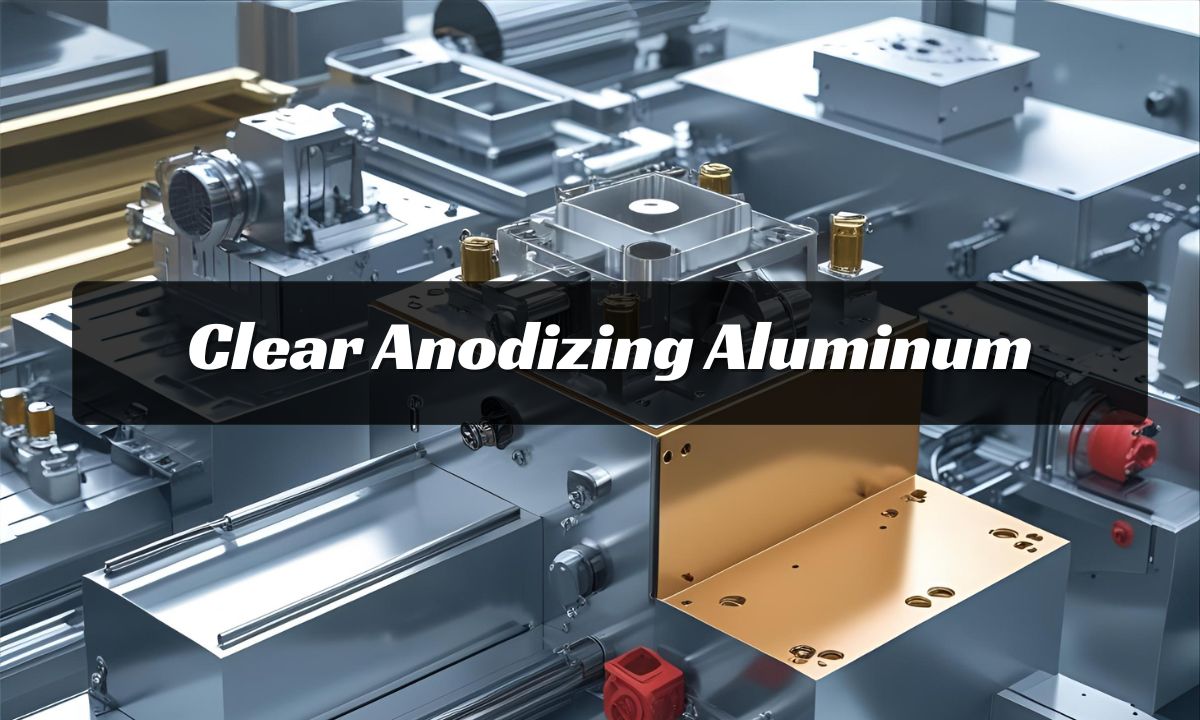




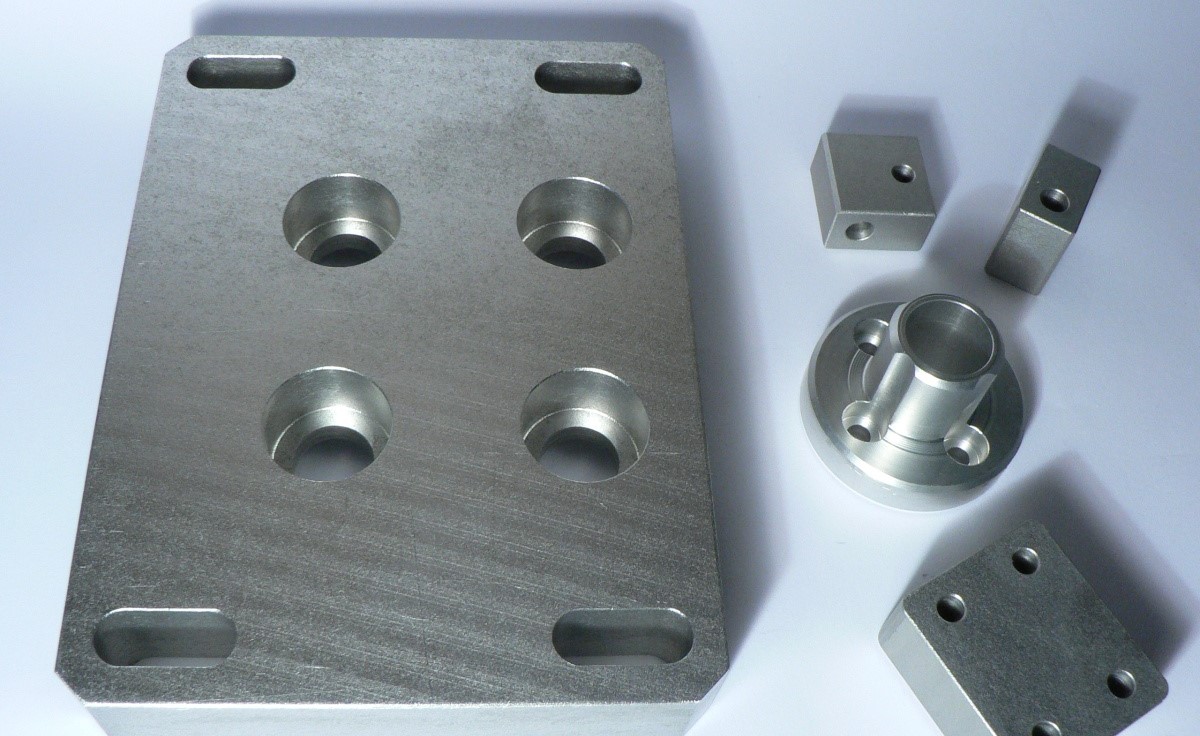
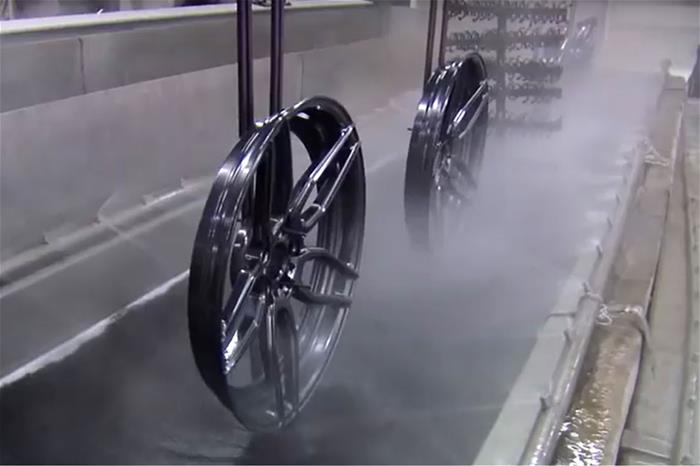
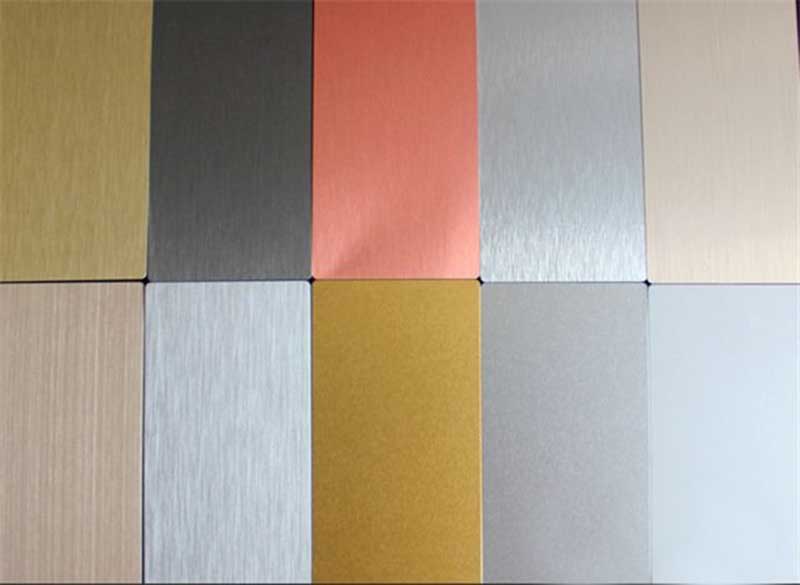
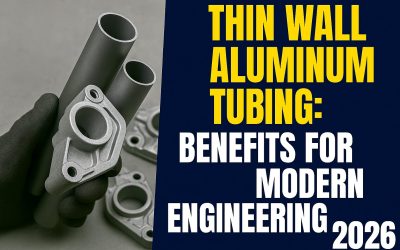
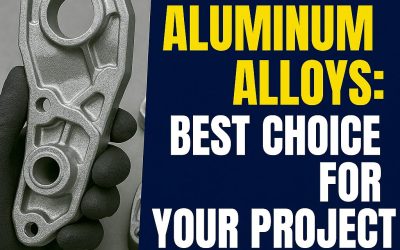
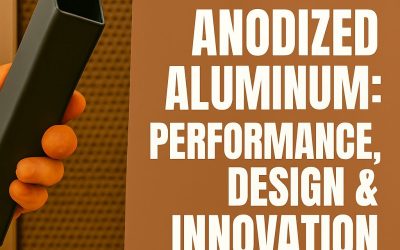
0 commenti